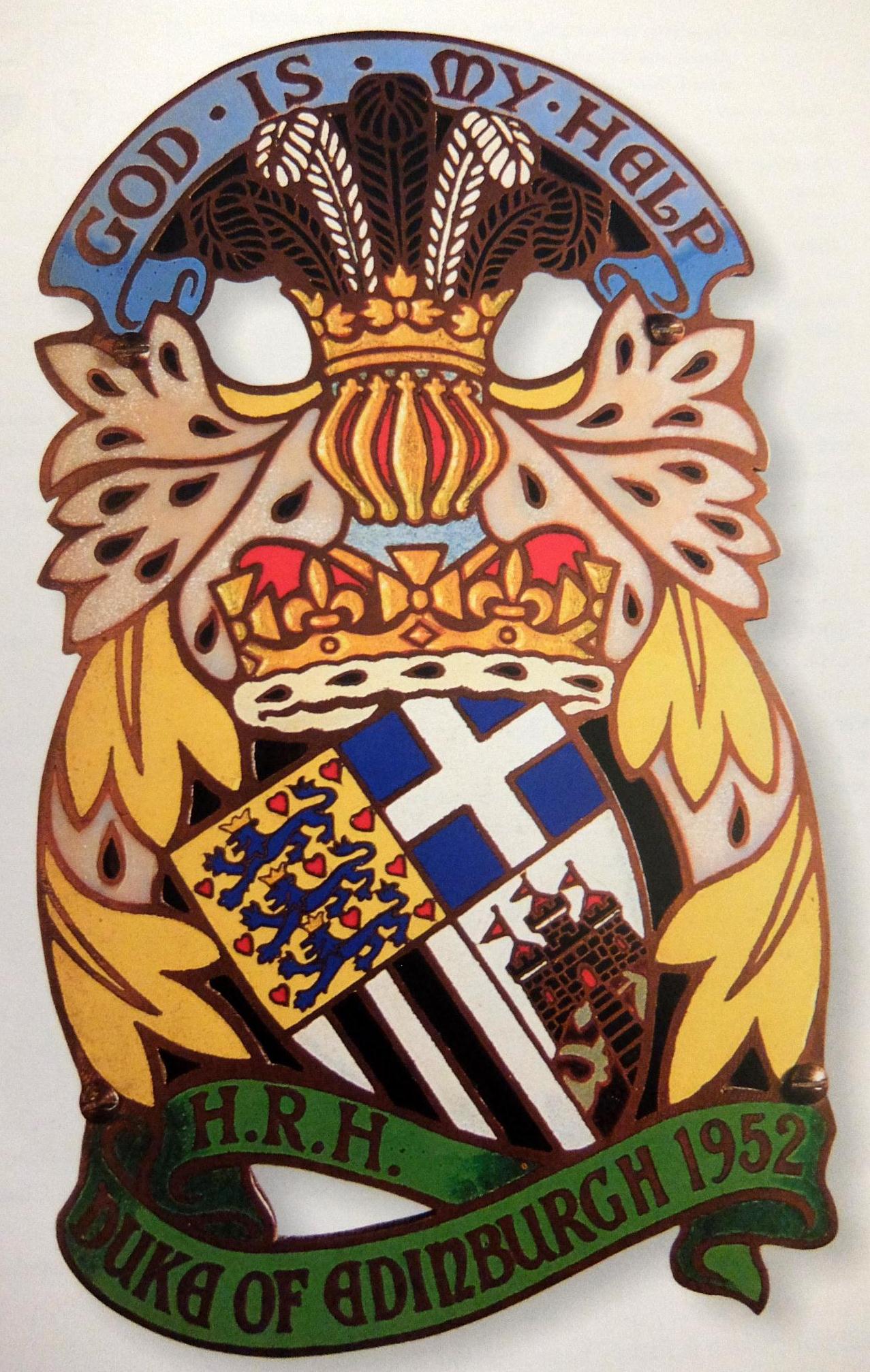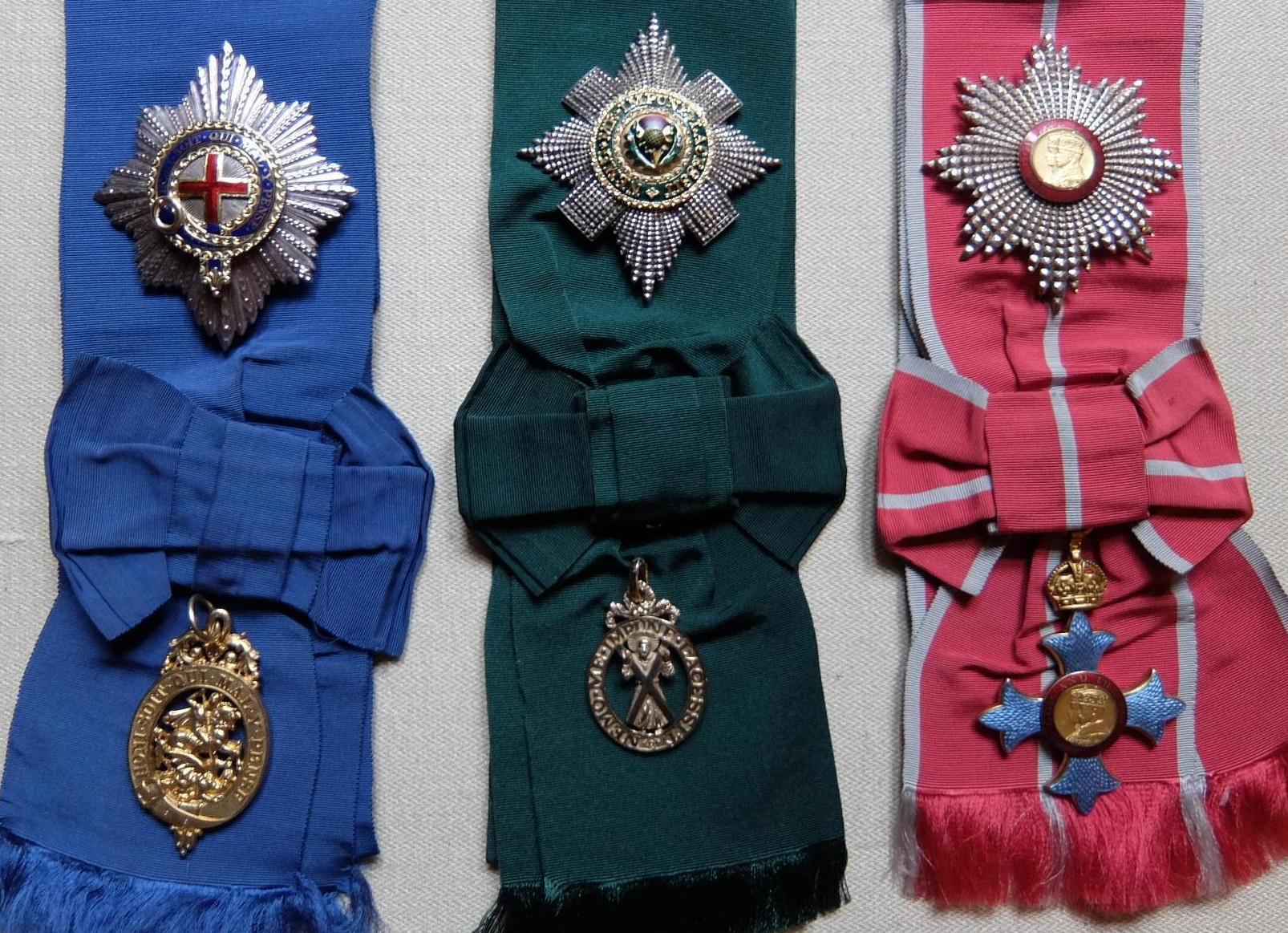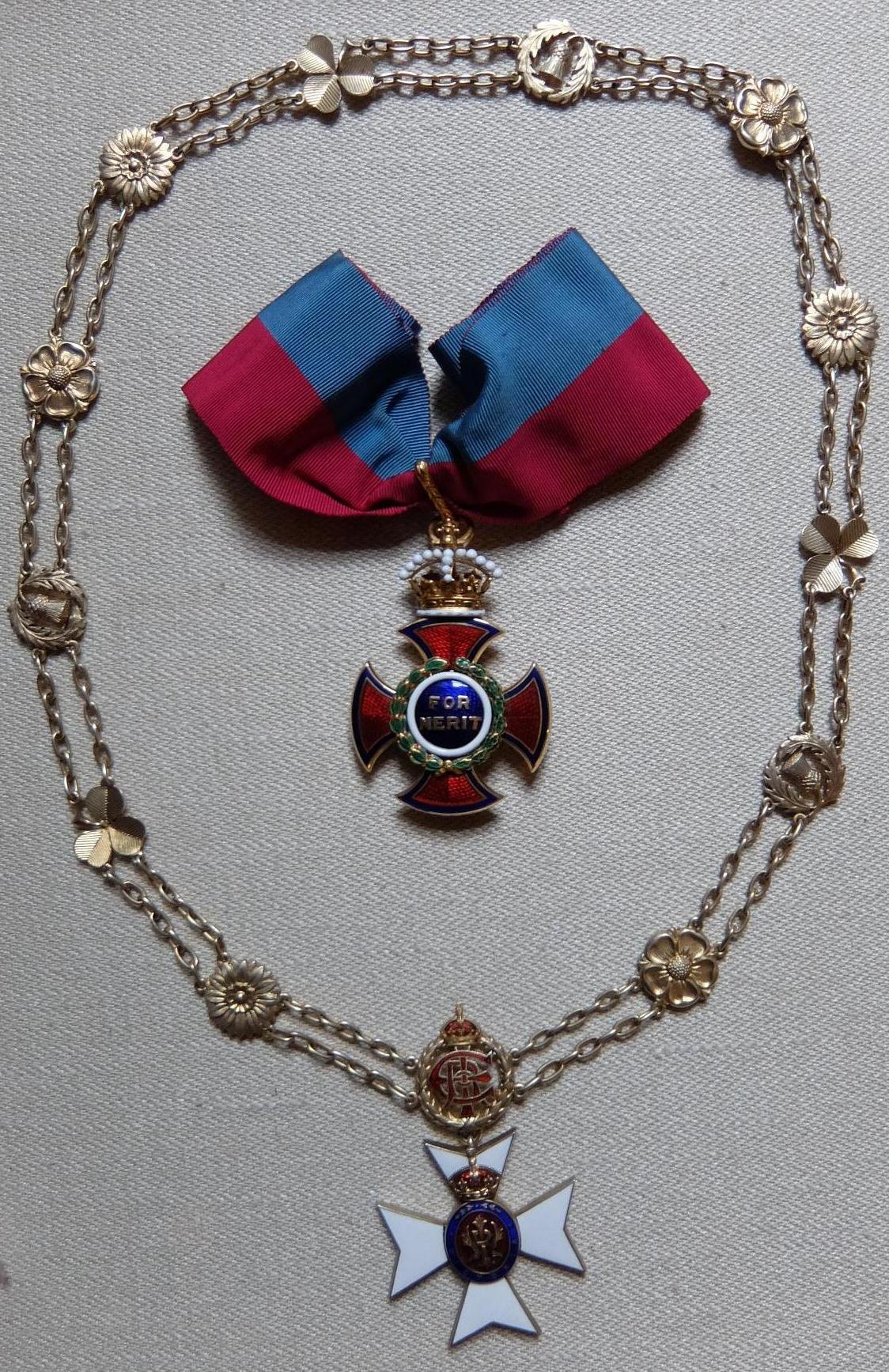The Duke of Edinburgh: 70 years of public service
 This year marks the 70th anniversary of Prince Philip becoming a British citizen,
when he began many decades of public service as part of the royal family.
This year marks the 70th anniversary of Prince Philip becoming a British citizen,
when he began many decades of public service as part of the royal family.
The Prince’s father, Prince Andrew of Greece, was the son of Prince William of Denmark, who was elected to the Greek throne as King George I in the 1860s. His maternal grandfather was Prince Louis of Battenberg, who took the surname Mountbatten and was created marquess of Milford Haven when the British royal family relinquished their German inheritance during World War 1.
Prince Philip did not become a Mountbatten on his birth in 1921, but was instead known by his Greek designation for many years.
British service
Prince Philip’s family fled from Greece during a period of political turmoil, and he later settled in the UK, where he joined the Royal Navy and served during World War 2. He earned a mention in despatches as a midshipman in HMS Valiant at the battle of Cape Matapan (Gazette issue 35443), and was promoted to the rank of lieutenant as Prince Philip of Greece and Denmark in the summer of 1942 (Gazette issue 35664).
Prince Philip became attached to Princess Elizabeth during the war, and the steps needed to reflect his new status included taking the oath of allegiance as a British citizen in February 1947 (Gazette issue 37908). Five months later, and as required by law, the King approved the ‘contract of matrimony’ between his daughter and Lieutenant Philip Mountbatten at a meeting of the Privy Council on 31 July (Gazette issue 38030).
The bridegroom was appointed a knight of the Garter and granted the style Royal Highness (Gazette issue 38128) on the eve of his marriage, and wore the star of the Garter with that of his homeland’s Order of the Redeemer at Westminster Abbey on his wedding day, 20 November 1947. He also became a peer, taking the ducal title of Edinburgh that was last used by Queen Victoria’s son Prince Alfred.
The Duke and Duchess of Edinburgh took part in an important and historic Garter service five months after their wedding. On 23 April 1948, they were installed in St George’ Chapel in the first ceremony of its kind to take place since the reign of King George III and attended a service to commemorate the 600th anniversary of the foundation of the order by King Edward III.
Three months after the Garter ceremony – on 21 July 1948 – the duke was introduced to the House of Lords supported by two peers of the same rank, the dukes of Norfolk and Beaufort, beginning 70 years of regular contact with parliament.
Prince Philip’s coat of arms was altered shortly after his introduction to parliament, and revised the complex version he used when he married, which combined a blue and white cross for Greece, with shields representing Denmark and his maternal great-grandmother Princess Alice, Grand Duchess of Hesse. The simpler style from 1949 had four quarters for Denmark, Greece, Mountbatten and Edinburgh, and appears in his Garter plate in St George’s Chapel, which bears his motto ‘God is my help’ and is inscribed ‘Son Altesse Royale Philippe Duc d’Edinburgh MCMXLVII’.
The duke received several other appointments during his father-in-law’s reign. In June 1948, for example, he became a personal aide-de-camp to the King (Gazette issue 38316), was introduced as a member of the Privy Council in December 1951.
Knight of the Thistle
The King’s death at his home at Sandringham in February 1952 led to Prince Philip becoming the first husband of a reigning monarch since the death of Queen Victoria’s consort in 1861.
Matters affecting the Queen’s close relations were determined at an early stage, beginning on 9 April 1952, when she declared that her house and family would be known as Windsor rather than Mountbatten (which would have been the case, as she was a married descendant of King George V) (Gazette issue 39513). Five months later, Prince Philip was given ‘place, pre-eminence and precedence’ next to his wife (Gazette issue 39657).
The precedents relating to a sovereign’s husband were limited. Prince Albert had received the Garter before his marriage to Queen Victoria, and subsequently joined all of her orders and became a field-marshal, but he never filled a role similar to the joint sovereignty of the Garter under Queen Mary and King Philip during the Tudor period, or King William and Queen Mary at the end of the 17th century. The Queen has adopted a restrained approach to honours, and Prince Philip has never shared the sovereignty of any order with his wife, and rarely performed investitures or conferred the honour of knighthood on her behalf.
 The earliest honour the Queen gave to her husband was membership of the Order of the
Thistle, which he received on her first birthday as sovereign (which does not appear
to have been gazetted). This followed similar acts by the Queen’s father and grandfather
who gave the Garter to their wives on their first birthday as king, but as Prince
Philip had already joined the Garter, those gifts could not be repeated, and so the
Thistle was used instead.
The earliest honour the Queen gave to her husband was membership of the Order of the
Thistle, which he received on her first birthday as sovereign (which does not appear
to have been gazetted). This followed similar acts by the Queen’s father and grandfather
who gave the Garter to their wives on their first birthday as king, but as Prince
Philip had already joined the Garter, those gifts could not be repeated, and so the
Thistle was used instead.
Prince Philip received his Thistle insignia at Windsor Castle on 21 April 1952, and was to be installed in Edinburgh during the Queen’s first state visit to Scotland in the summer of 1952, but he was unwell, so the ceremony was postponed until 1953. The Prince’s stall plate in the Thistle Chapel in St Giles’ Cathedral bears the simple quartered arms referred to earlier and is inscribed ‘H.R.H. Duke of Edinburgh 1952’.
Armed forces
The Queen’s three predecessors – Kings George V, Edward VIII and George VI – assumed the senior rank in the armed forces within days of coming to the throne (Gazette issue 28380), but the Queen did not follow those precedents and instead she conferred the highest ranks on her husband. Prince Philip had been promoted to commander in the Royal Navy in June 1952 (Gazette issue 39597), and six months later he was appointed an admiral of the fleet, field marshal and marshal of the Royal Air Force (Gazette issue 39752).
The Queen presented Prince Philip with his field marshal’s baton at Buckingham Palace on 7 May 1953, attended by Field Marshal the Earl Alexander of Tunis as minister of defence and General Sir John Harding, chief of the Imperial General Staff. The Prince has carried his baton on many state occasions, perhaps most regularly at the sovereign’s annual birthday parade in London.
Queen Victoria’s son Prince Alfred – the last duke of Edinburgh – received a baton as an admiral of the fleet in 1897, but that was a rare exception and no equivalent insignia is known to have been made for Prince Philip in connection with his naval or air force ranks.
Prince Philip held many positions in the armed forces. The coronation honours list of 1953, for example, reported his status as captain general of the Royal Marines and colonel in chief of the Wiltshire Regiment, the Cameron Highlanders and the Leicestershire Yeomanry (Gazette issue 39863). His later roles include that of colonel in chief of the Duke of Edinburgh’s Royal Regiment (Berkshire and Wiltshire), which he became on the formation of the regiment in 1959 (Gazette issue 41732).
Grand master
Prince Philip began his long association with the Order of the British Empire in May 1953, when he succeeded Queen Mary as grand master (Gazette issue 39859). The post brought with it the place of ‘first or principal Knight Grand Cross’, so Prince Philip received the insignia of that class (GBE) and now wears his British Empire star with those of the Garter and Thistle. The order had no heraldic plates of the kind that were erected in connection with the Prince’s knighthood of the Garter and the Thistle, but the decorative scheme for the British Empire’s chapel that was opened in St Paul’s Cathedral in 1960 included a banner bearing his arms.
As grand master, Prince Philip is responsible for countersigning the members’ warrants of appointment, and he attends the ceremonies which are held every few years in St Paul’s Cathedral, including the centenary service on 24 May 2017.
In 1957, the Prince declined the offer of succeeding Queen Mary’s brother (the Earl of Athlone) as grand master of the Order of St Michael and St George, which was created during King George III’s reign to serve British interests in the Mediterranean, and is now the principal honour used by the Foreign and Commonwealth Office.
Prince Philip had a personal link with the overseas order, as he was born on Corfu, which is recalled today in the members’ insignia. Corfu was one of the seven islands that formed the United States of the Ionian Islands, which were placed under British protection in 1815 and later ceded to Greece. The number of islands inspired the seven arms of the badge worn by members of the order, including knights grand cross (GCMG) such as the Prince’s grandfather, King George I of Greece.
Later honours
Prince Philip’s name was finally determined on 22 February 1957, when he was given the ‘style and titular dignity’ of prince of the United Kingdom (Gazette issue 41009), and since then he has been known formally as ‘His Royal Highness The Prince Philip, Duke of Edinburgh’.
More than a decade later, the Prince joined the Order of Merit (OM) (Gazette issue 44611), which was founded by King Edward VII and had become what one prime minister (Anthony Eden) described as “the most gratifying of all honours”.
Prince Philip was invested with his insignia on his 47th birthday, 10 June 1968, and despite holding the highest rank in the armed forces, it was decided that his contribution to national life was manly civil in nature, so he received the civil pattern of OM badge.
No further British honours were conferred on the Prince until 2007, when he received the Royal Victorian Chain, which was also established by King Edward VII and was officially described as ‘a pre-eminent mark of the Sovereign’s esteem and affection towards such persons as Her Majesty specially desired to honour’.
The Queen had rarely used the Chain during her reign. It was sometimes given as a parting honour for senior members of her household, such as the lord chamberlain or private secretary, and was routinely conferred on outgoing archbishops of Canterbury. The Chain was more widely used as a formal gift for foreign heads of state, and several of Prince Philip’s near relations had received the decoration, including his Danish great grandfather King Christian IX and his Greek grandfather King George I. Some of the Queen’s uncles wore the Chain when she came to the throne, including the dukes of Gloucester and Kent, but she did not confer the decoration on any close relative until 1990, when she invested her sister Princess Margaret.
Prince Philip was presented with this special token of ‘esteem and affection’ by the Queen on their 60th wedding anniversary, 20 November 2007, the day they flew to Malta to celebrate the occasion on the island where the Prince had worked during the last active appointment in his naval career.
Public service
Prince Philip is the longest serving holder of several honours, becoming the senior knight of the Garter in 1984 (in succession to the Duke of Beaufort); the senior knight of the Thistle in 1986 (the Earl of Haddington); the senior knight grand cross of the Order of the British Empire in 1993 (General Sir Philip Christison), and the senior member of the Order of Merit in 1994 (Dorothy Hodgkin).
His role in the life of the nation has been publicly acknowledged on several occasions, with The London Gazette providing some detail, including the issue of coins to mark his silver and platinum weddings (Gazette issue 45812) and 90th birthday (Gazette issue 62002). More recently, a proclamation from July 2017 provided for the Royal Mint to strike a coin to celebrate his long period of public service, showing Prince Philip’s youthful portrait by the designer Humphrey Paget with the inscription non sibi sed patriae – not for self, but for country (Gazette issue 62002).
About the author
Russell Malloch is a member of the Orders and Medals Research Society and an authority on British honours.
